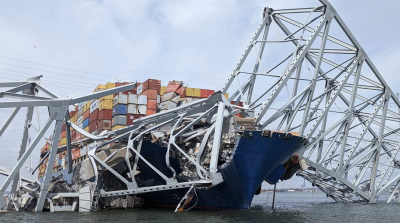This year’s Offshore Technology Conference won’t go down in the history books as one of the more important. But, in an industry that is beginning to recover, it wasn’t as bad as last year’s. Last year’s depression turned into this year’s “wait and see.”
About 65,000 people walked the exhibit halls at NRG Park in Houston early this month, down from the estimated 68,000 last year and the record 108,000 in 2014, when oil prices passed $100 a barrel.
It wasn’t the attendance, though, that characterized the event. It was the attitude, one that was reflected both in the exhibit hall and in the conference. The exhibit hall, for the first time in a long while, did not have a waiting list of potential exhibitors. And while certainly not a universal phenomenon, the exhibits were less high tempo.
The conference programs reflected the same attitude, focusing on the need to lower costs and standardize technologies and operations to make offshore, and particularly deepwater, viable again. Around that point centered the most important question of the year. How can deepwater compete with onshore shale developments?
Roger Jenkins, president and CEO of Murphy Oil, addressed that question at a luncheon on the second day of the show. Jenkins pushed the creation and development of synergies between deepwater operations and onshore shale operations. The list of shale sector attributes that need to be adopted for deepwater included shorter production cycle times, declining costs, greater field efficiencies, and the use of standardized types of equipment.
The return to deepwater will be slow, according to Jenkins, with a focus on subsea tie backs and existing facilities, but that return, Jenkins hopes, would limit more rig stackings and bring some rigs and related equipment back into the market.





